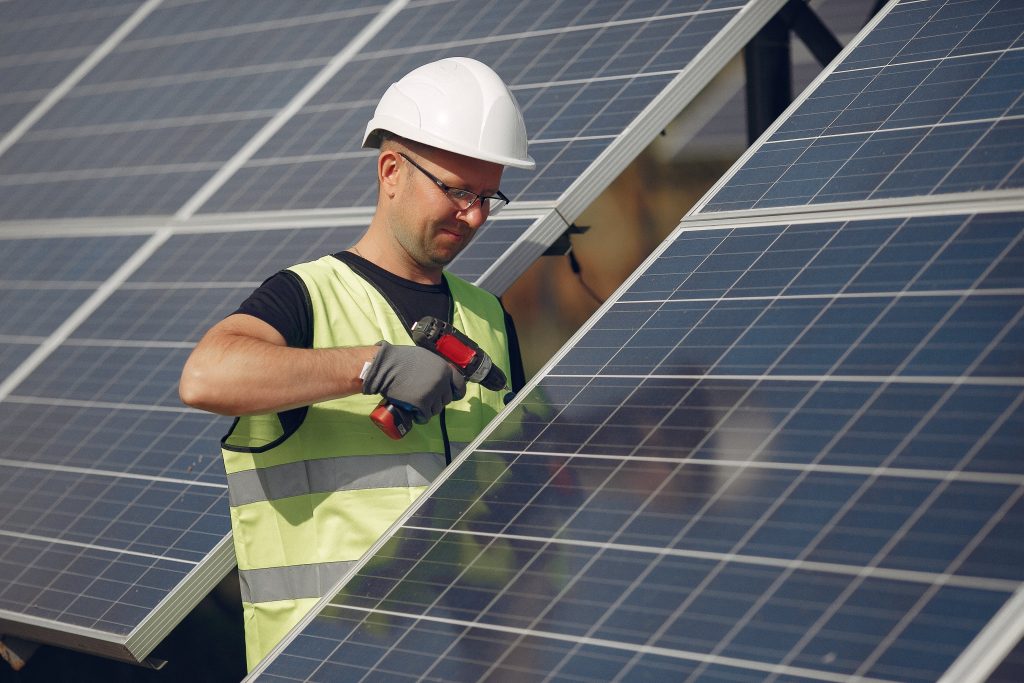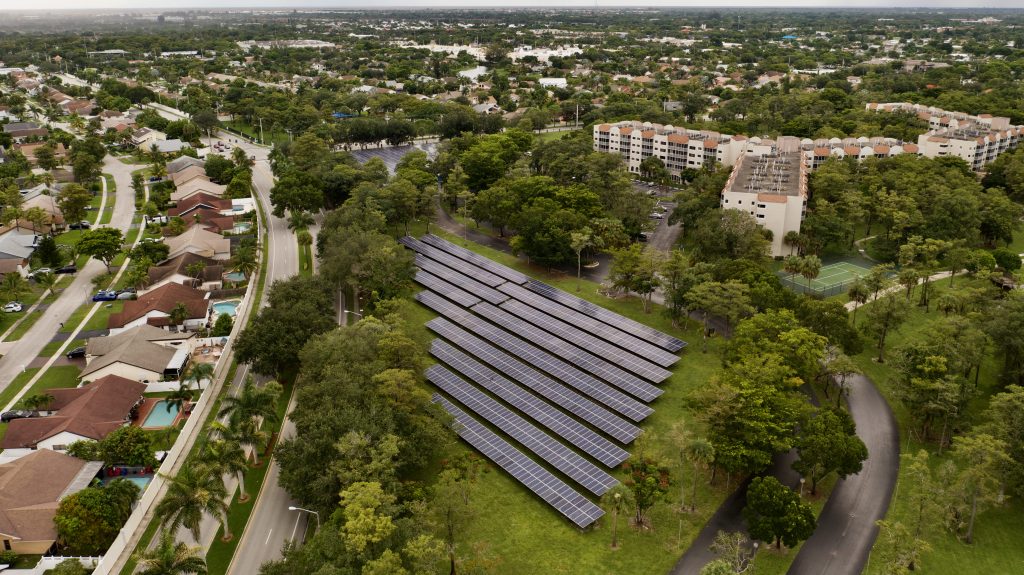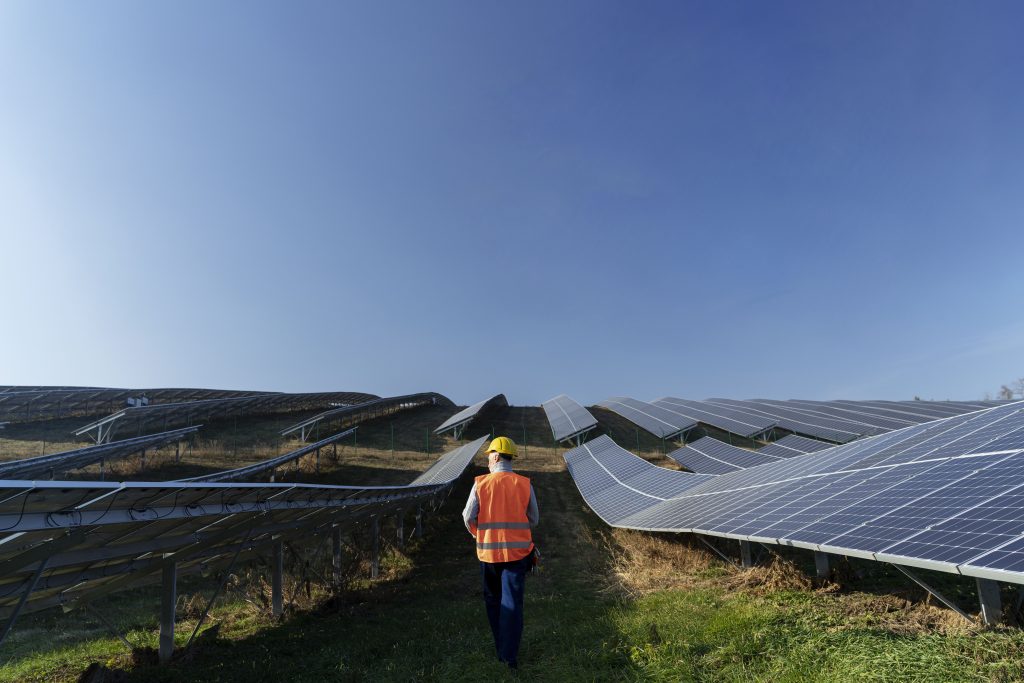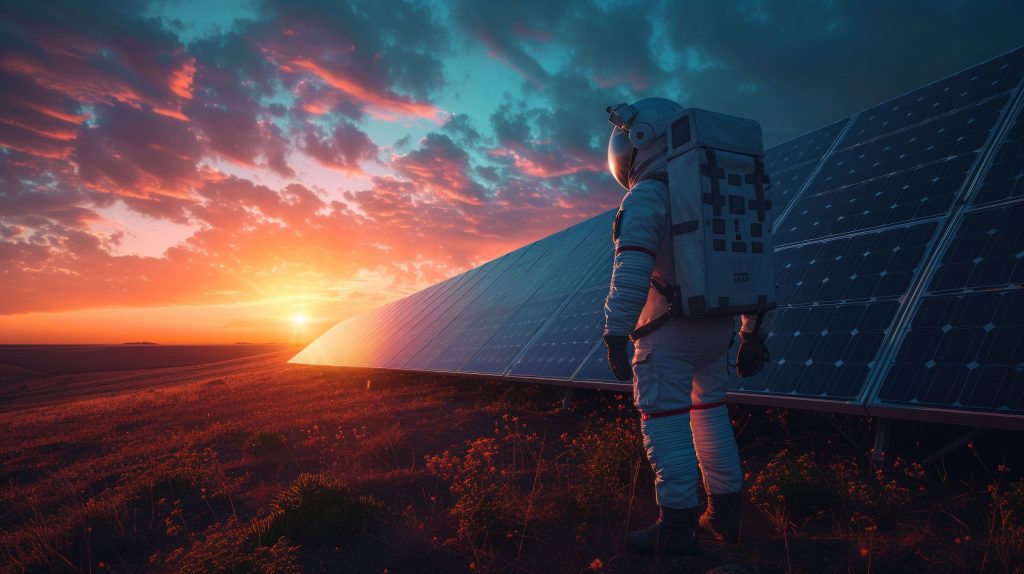Government Policies Supporting Renewable Energy: What You Need to Know
India is in the process of transitioning to a cleaner and more sustainable energy future. Being one of the most rapidly developing countries in the world, the energy consumption in the country is also growing. However, instead of depending on traditional sources of energy such as coal and oil, India has made giant strides in the adoption of renewable energy. There are several policies, incentives, and regulations that the government has embarked on that have led to this thinking. In this blog, we will discuss major government policies supporting renewable energy in India and how these policies are impacting the future energy mix of the country. The Need for Renewable Energy in India It is important to know why renewable energy is important for India before going through the policies. The country is the third-largest emitter of greenhouse gases, and the extensive use of fossil fuel has cost the environment. Some of the problems that make the shift to renewable energy necessary include rising levels of air pollution, global warming, and reliance on imported oil and coal. Solar energy is rapidly becoming a cornerstone of the global shift toward sustainable energy, thanks in large part to policies supporting renewable energy. Solar, wind, and hydropower are environmentally friendly and also offer a solution to the rising energy demand in the country. As a result, the Indian government presented several renewable energy rules and bonuses for people and companies that decided to switch to green energy solutions. National Solar Mission The major government policy in renewable energy is the Jawaharlal Nehru National Solar Mission (JNNSM). This was started in 2010 and the goal of this program is to transform India into a solar power hub by establishing a sound environment for the generation of solar energy. The mission was set at 20 GW of solar capacity by 2022, but due to the fast-growing solar industry, the mission has been adjusted to 100 GW. Solar energy is rapidly becoming a cornerstone of the global shift toward sustainable energy, thanks in large part to policies supporting renewable energy. These policies, including tax incentives, rebates, and grants, make solar installations more accessible for homeowners and businesses, reducing upfront costs and encouraging widespread adoption. Under this mission, the government provides incentives for clean energy, such as subsidies for solar rooftops, tax credits, and concessional interest rates for solar projects. The mission has also seen the development of utility-scale solar parks across the country that are now attracting both local and foreign investors. Renewable Purchase Obligation (RPO) There is another important regulation called the Renewable Purchase Obligation (RPO), which plays a large role in increasing the share of RE in India. According to the RPO, electricity distribution companies, large consumers, and captive power plants have been mandated to procure a specified level of their electricity from renewable sources. With ongoing technological advancements and continued support through policies supporting renewable energy, solar energy stands poised to play a vital role in the transition to a low-carbon future. It has over the years been very useful in enhancing awareness of renewable power, especially solar and wind power. To encourage the use of clean energy, the government has penalties for failure to meet RPO targets to ensure that energy suppliers and large firms contribute to the country’s renewable energy targets. Government Funding for Solar Projects The advanced capital cost of installing panels such as solar panels or windmills is one of the major challenges to renewable energy implementation. In response to this, the Indian government has launched several funding schemes to finance clean energy undertakings. Government funding for solar projects comes in various forms: Subsidies for Rooftop Solar: There are many grants available, which a homeowner as well as various businesses can apply for to get subsidies to put in rooftop solar systems. The subsidy varies, but in some states, it can cover up to 40% of the cost. Viability Gap Funding (VGF): The key purpose of this kind of funding scheme is to ensure that there are possible means of rendering large-scale renewable energy projects feasible through part-funding of capital expenses. The government provides VGF for both solar and wind power projects to attract more and more developers for clean energy. Low-Interest Loans: The government, through IREDA and public sector banks, provides soft loans to those who want to install renewable energy systems. These measures help small and big projects get the required capital and make renewable energy more affordable in the country. Solar Policy Trends: State-Level Initiatives National policies set a general objective for the utilization of renewable resources in power generation, but individual state levels are also instrumental in the commercial utilization of clean energy. Many states have also developed their solar policy trends to address the energy needs of their region and support the national renewable energy targets. Let’s take a look at some examples: Gujarat: Even though Gujarat is often termed the solar capital of India’, this state has been on the forefront of embracing solar power solutions. State-specific incentives include zero wheeling charges and no electricity duty for the solar power producers out there. Rajasthan: Due to the large expanses of desert, Rajasthan is suitable for large-scale solar power plants. The state has come up with very aggressive solar policies that aim at establishing solar parks and promoting the generation of solar power. Rajasthan also offers incentives for solar systems connected to the grid and those that are standalone. Tamil Nadu: Tamil Nadu is one of the leading states in wind power, but it has also begun to turn its attention to solar. The state provides attractive feed-in tariffs and financial incentives for solar power producers, making it one of the largest solar energy producers in India. Incentives for Clean Energy Besides state-level policies, the Indian government provides various incentives for clean energy to make the shift to renewable energy more attractive. These incentives include: Tax Benefits: Solar power projects can benefit from the accelerated depreciation rule, under which a business person reduces








